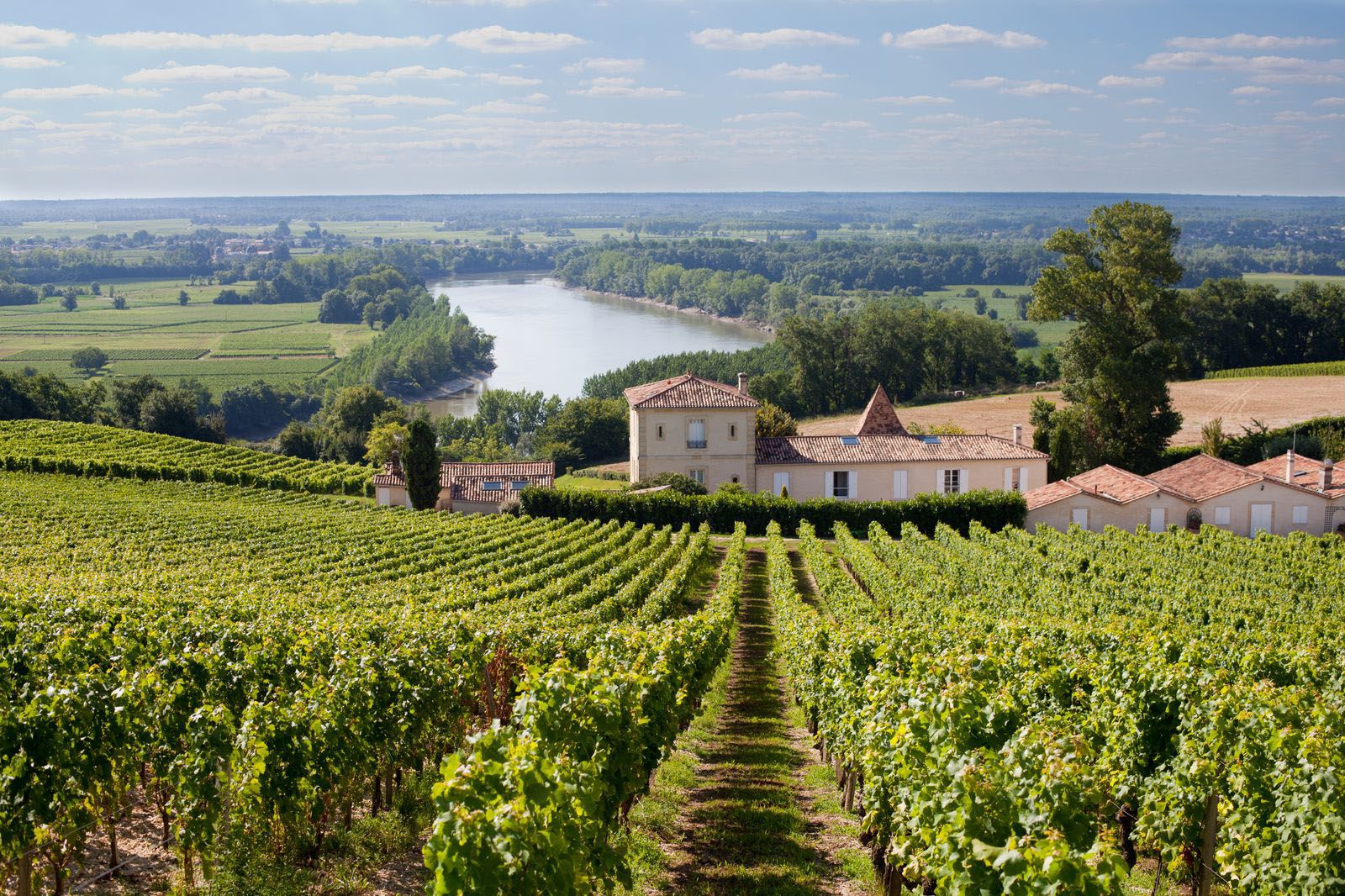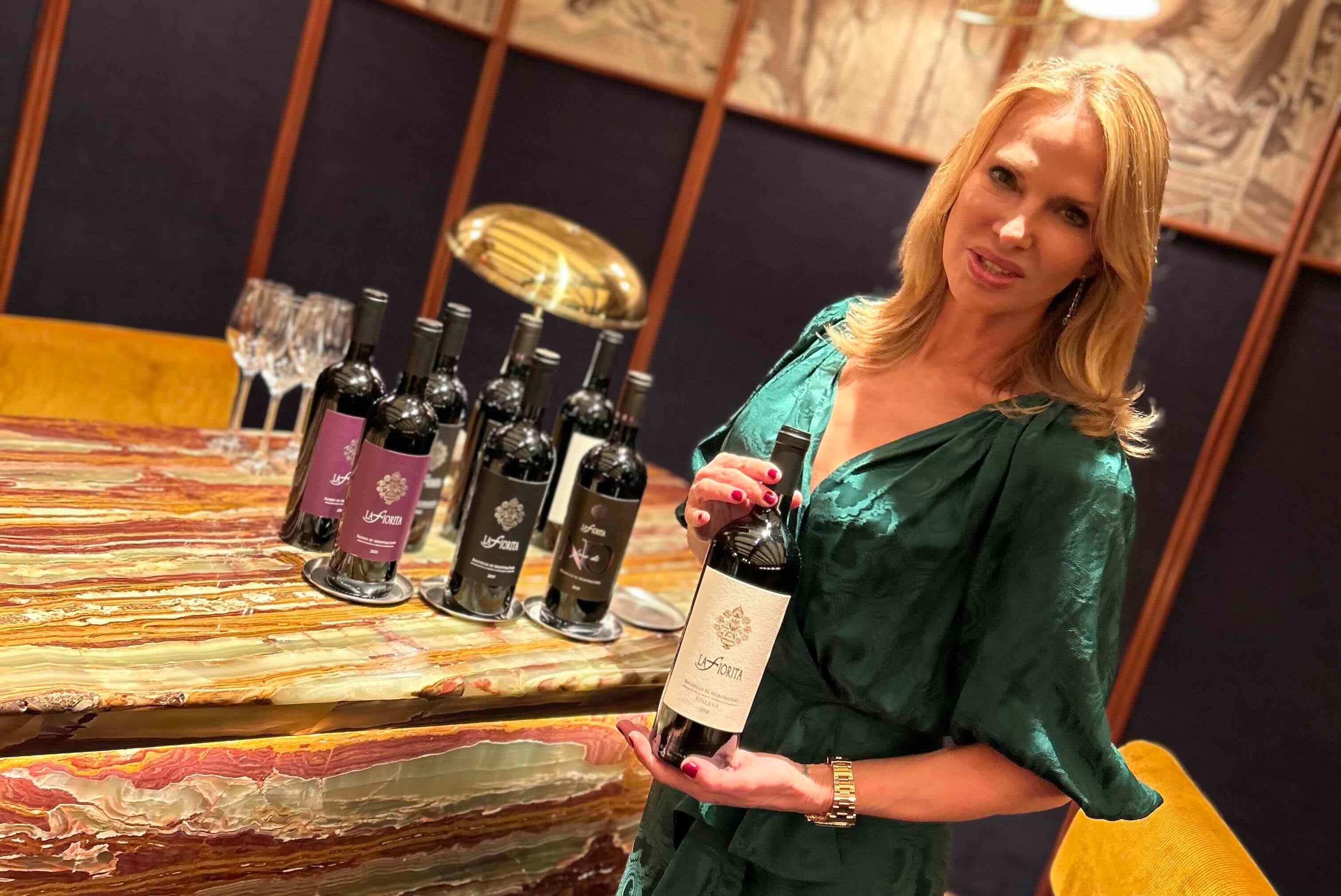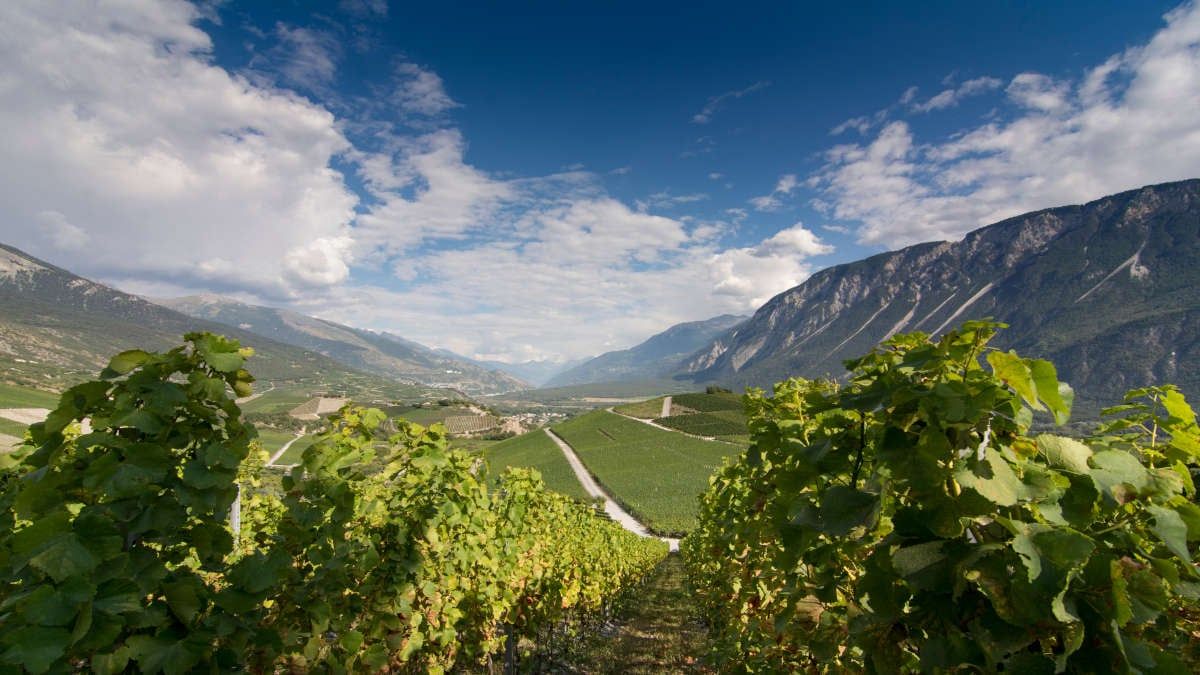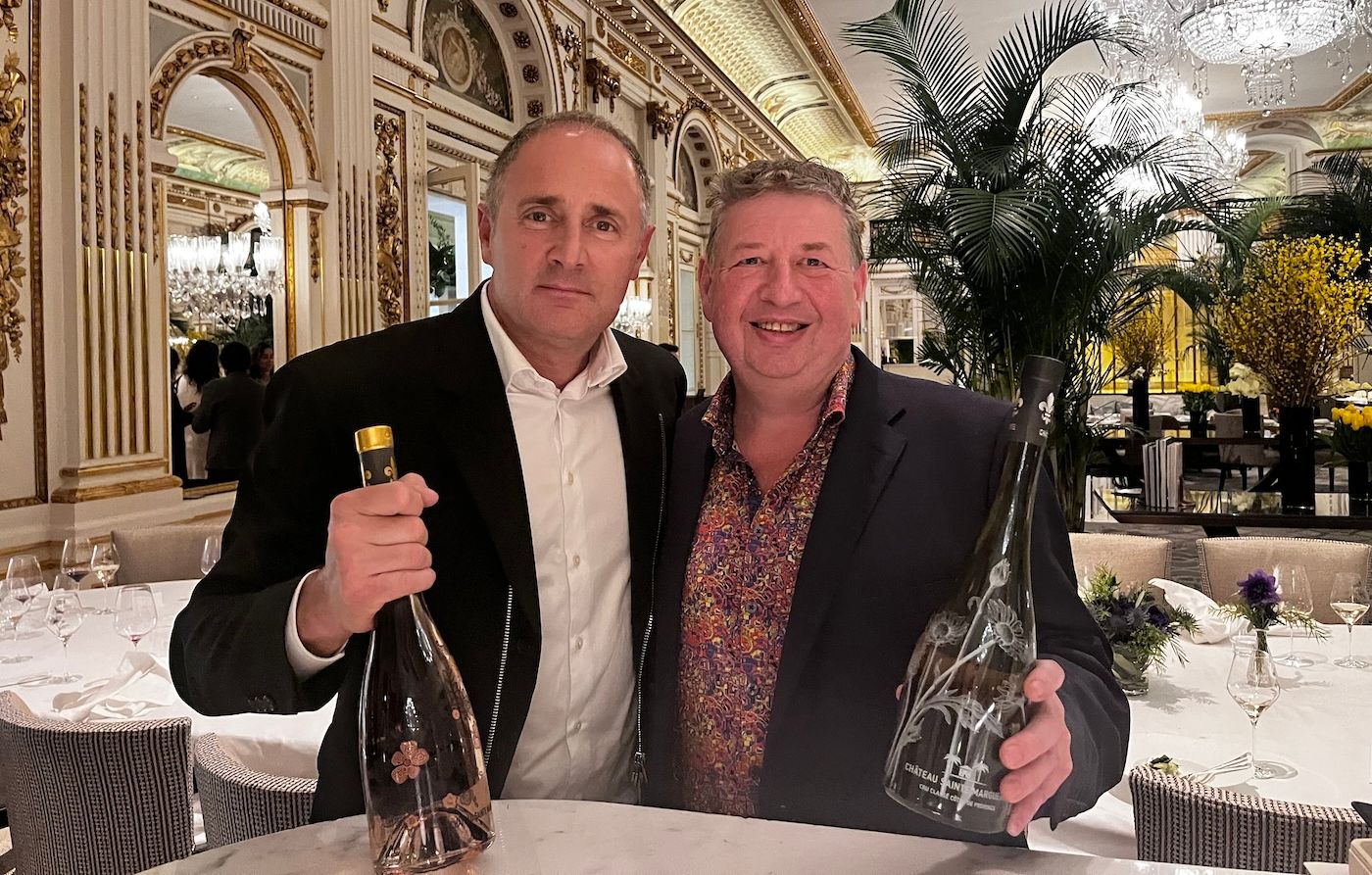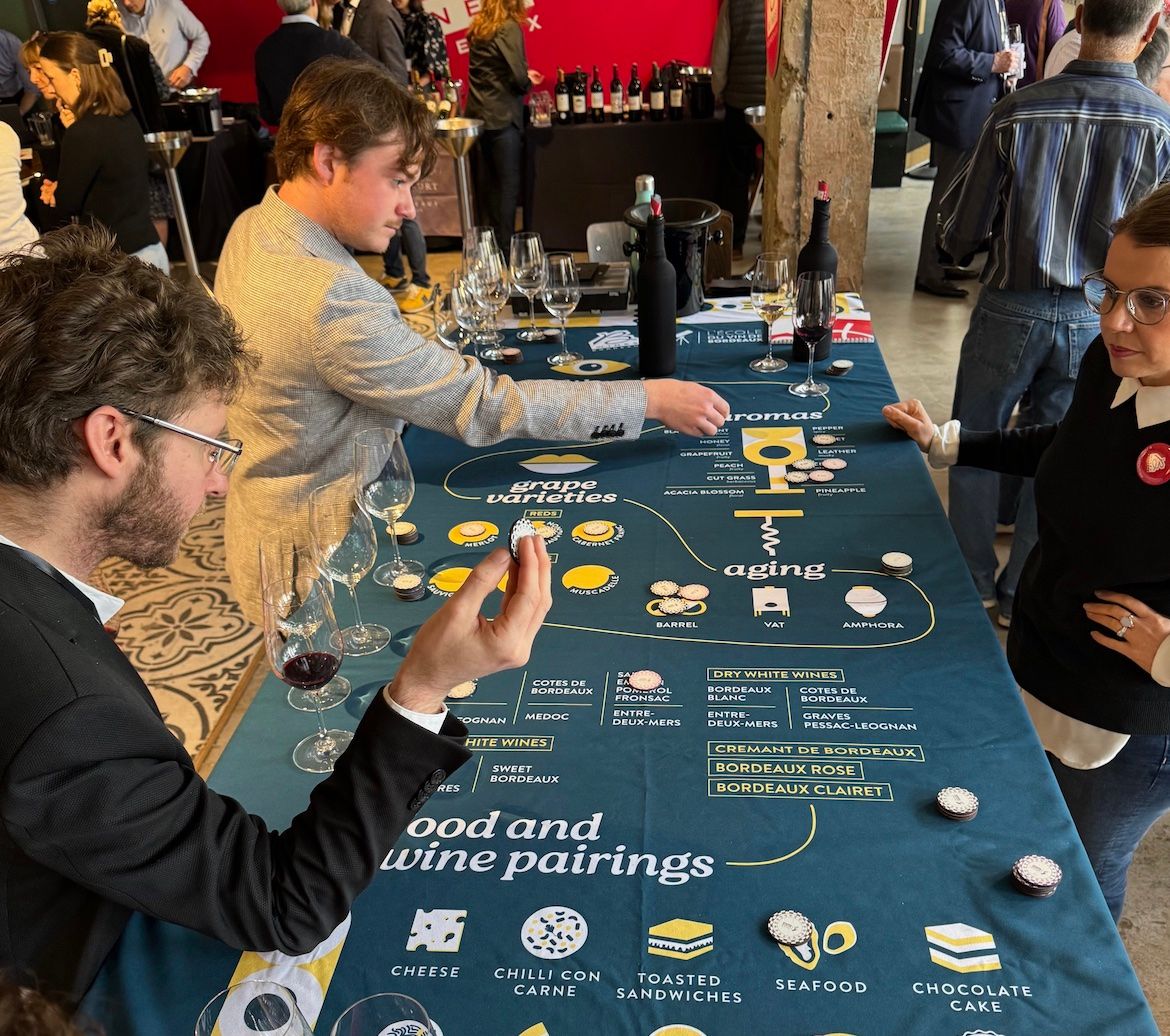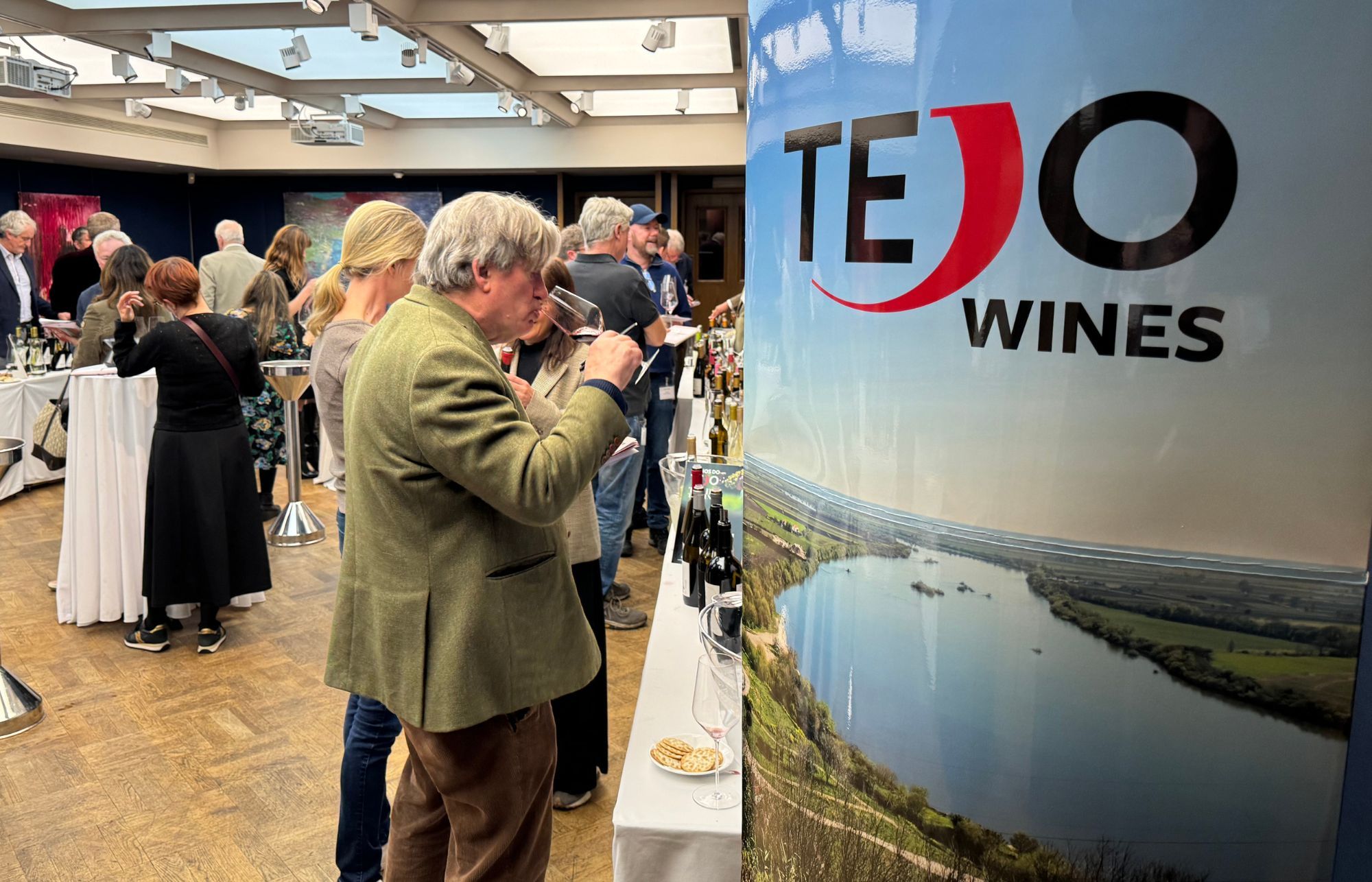What is London-born, Lebanese-bred Gabriel Asseily doing making wine in the Côtes de Bordeaux? As head of production at Château Biac, Asseily believes that the richness of life comes from the exchange of ideas. This is why he’s making wine not to be used as an investment, but to be drunk, preferably at his table, which he will share with everyone.
Why did you and your family choose the Côtes de Bordeaux to work in?
Having spent many summers in its vicinity, we discovered Château Biac when we rented its guesthouses. During the early 90s, dad had to stay close to London for work during the summer holidays, but he liked wine and had fond memories of his childhood holidays spent in Arcachon. Back then, remote working was not an option, so we ended up renting a guesthouse, which was about 10 minutes away in the Entre-Deux-Mers area. We loved it so much that we came back every year.
However, one year the owners wanted to stay with their grandkids and so we ended up renting Biac’s guesthouses. The view when we arrived was enough to make even the best scenes of Hollywood romance blush. The best part, as we came to find, was not only the stunning view, but the property was bursting with hidden charms and was more than just a pretty vineyard.
What does the Côtes de Bordeaux bring to the style of the wines?
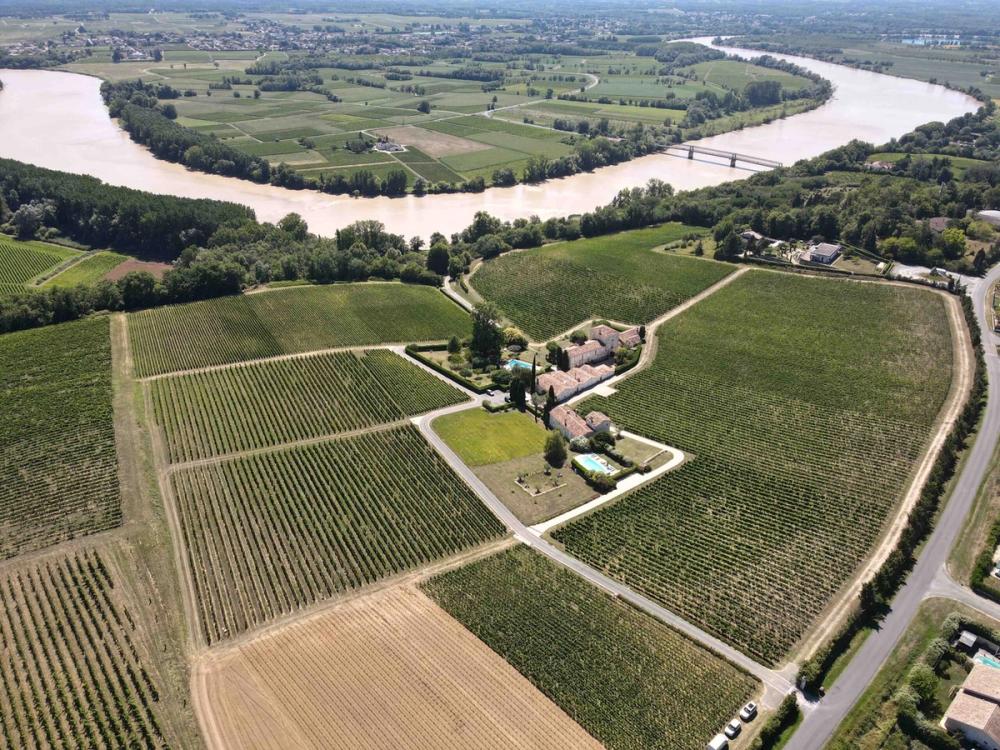
The Asseily family fell in love with Château Biac when they rented out one of its guest houses for a holiday
The wines of the area are a little bit of a misnomer in Bordeaux. Typically, Bordeaux is classified between “Right Bank” and “Left Bank”, but the Côtes de Bordeaux benefits from having the diversity of soils from both areas, which are around 100km (60 miles) apart. Nowhere more so than Biac, which has sandy clay turning into gravel over 300m stretch of land, so we have the availability to make a Left or Right Bank style wine, based on what the weather does that year. This makes for a varied style of wine, depending on the vineyard and the owners. The key to take away here is that the area probably has the richest palette with which to paint, as the soils permit us to have such a diversity of varietals (within the confines of the appellation).
What approach does your family have to winemaking?
We were very lucky from the very beginning because we had Patrick Léon (whose CV includes Mouton Rothschild, Opus One and Almaviva) to help us with our reds and Christine Sourdes (whose CV includes Guiraud, Myrat and Lillet) helping us with our dry white and sweet wines. Patrick sadly passed away in 2018, but his son Bertrand, who had started working with him, took over. We knew how to drink wine, but we never expected to be making it.
The brief was simple: we are Lebanese and we children were born in the UK, so the wine needed to reflect our core identities. One would have to understand our cultures, which – although coming from two different parts of the world – have a great commonality.
In Lebanon, everything is based around food and sharing. Over 16 religions coexist in the country and, although we have our disagreements, the vast majority of people will share their table with whomever. Growing up in London, we had friends from all over the world who lived there and, again, we may have had disagreements, but all were always welcome to eat, drink and exchange opinions and ideas. The richness of life comes from the exchange of ideas.
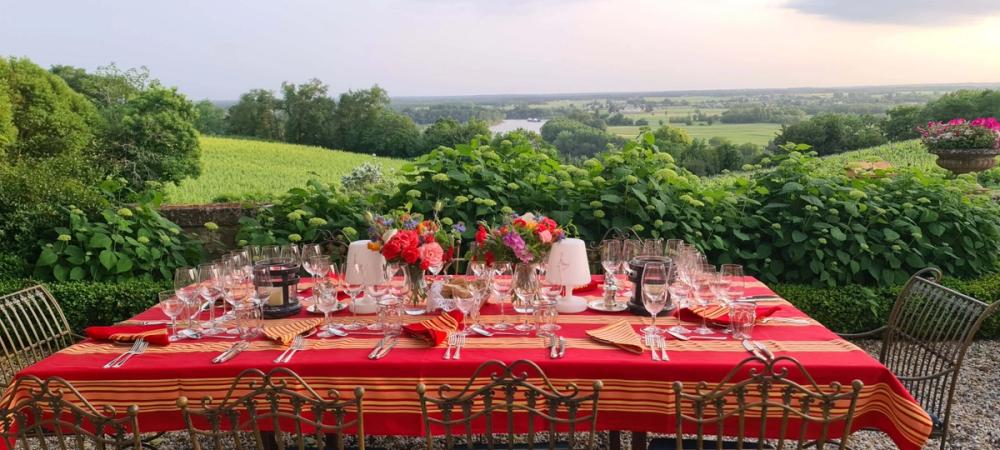
Making wine to sit around a dinner table with friends, neighbours and family is at the heart of what the Asseily family want to achieve with their wines at Château Biac,
What does this mean for our approach to winemaking? We will always seek to make the best possible quality at the most affordable price to the consumer. At only 10 hectares, the property is small, but we take care of each plot as if it were its own vineyard. We want our wine to be drunk, not used as an investment.
Not being from Bordeaux – do you think that brings something unique to your style?
Winemaking is a little bit of science, a huge amount of cooking, with a sprinkling of luck. Bordeaux has a rich tradition in winemaking, every vineyard has its own charms, so if anything, in the end we are unique, but so is everyone else.
Has it been an advantage or disadvantage to look from the outside in and see the changes that could be made in the region?
This is not something that I would equate as an advantage or disadvantage on a macro scale. Each person has their vision and their world view. The advantage of having lived abroad is that we were exposed to a broader world. There are regulations that apply to appellations in all countries which exist for some very good reasons; understanding the nuances and reasonings behind them is primordial. Had you asked me this question a few years back, I would have said it has been an absolute advantage, but today, having done my homework, it only becomes an advantage once you have really understood the lay of the land.
How has your approach changed over the years since 2006?
When we bought the property in 2006, the vineyard was sadly in a derelict state, so we had to restructure it over time and give some major care to the soils, which has been a very gradual process. The goal was always to make the best and most qualitative expression of Biac according to the year’s weather. That very much continues to this day. Our “cooking” method for the reds has changed with Bertrand, but the core principles have not.
What is the key focus now in terms of the wines you want to make and how?
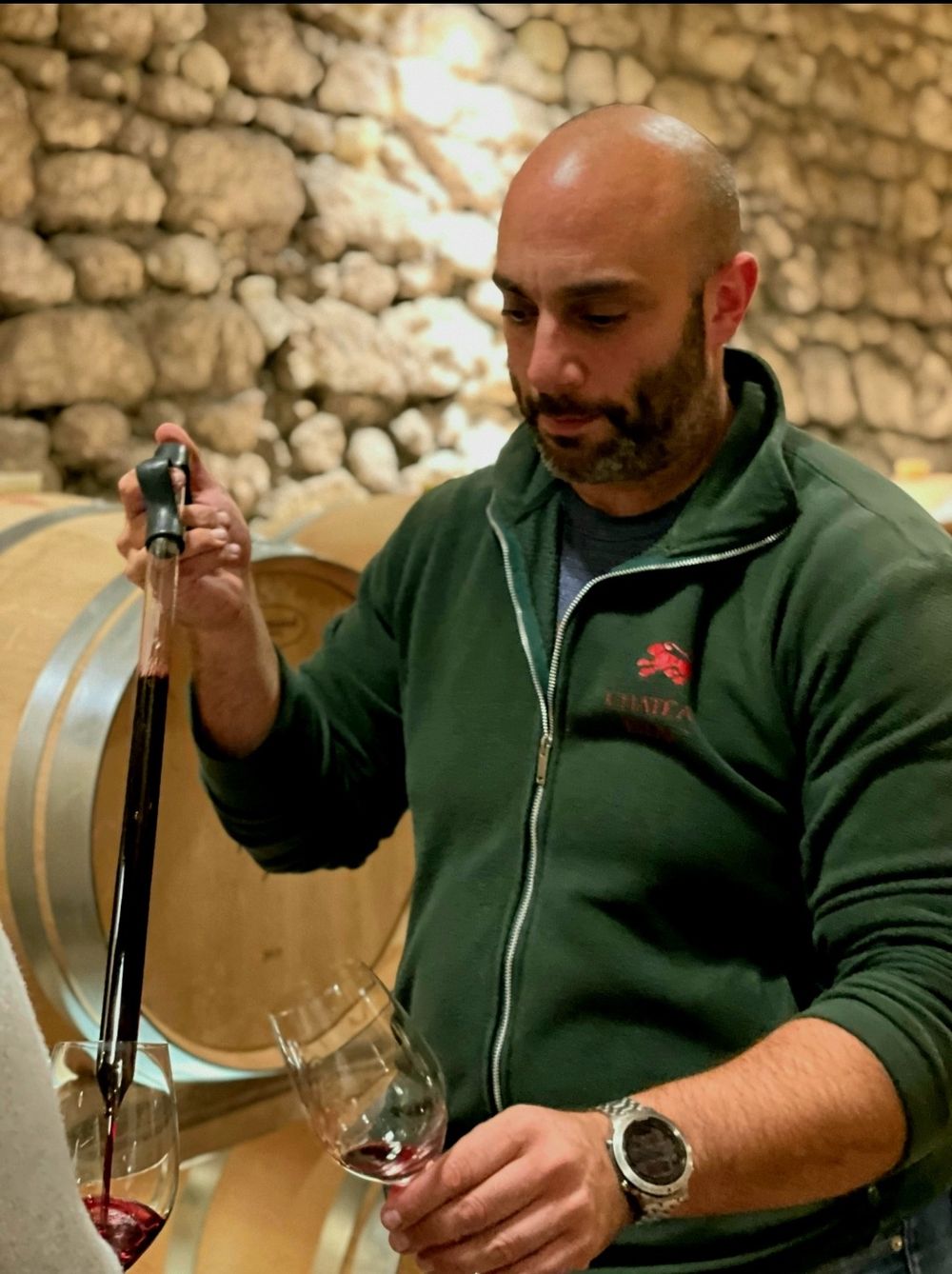
Gabriel Asseily loves to tell the stories and personalities behind the wines Château Biac makes
I took the decision to make just two blends for the reds instead of three. It was becoming increasingly difficult to come up with three expressions as the vineyard was asking to move to the next stage; it is growing up. For the reds, the goal today is for our blends to complement each other using just two expressions.
We have Felix de Biac – fruit-driven and light-hearted, but it offers with a comforting supporting structure, the equivalent of me saying to someone, “Hey, let’s meet up and go to the beach or a restaurant or museum”. You can choose to have a serious conversation with me, should you wish because I am still serious, but we just want to enjoy life and laugh.
The Château Biac blend is the equivalent of me turning up in a tuxedo in a classic car saying, “Tonight I am taking you to La Scala to see an opera, then we will go for dinner”. Same guy, but taking you on a journey, more than just wherever the wind blows. It a blend that is driven naturally by fruit, but the structure behind it is designed to be more engaging and a little more mature.
(Here’s a clip from Gabriel Asseily when he took part in The Buyer and Vins de Bordeaux debate earlier in the year on the changing winemaking scene in Bordeaux)
This, of course, is all a matter of taste and perception, which is where the importance of the hard work of the team comes into play, from those who work the vineyard, the interns, cellar team and the oenologists, along with the titanic work that my parents and sister have done. All of it allows me to have the best ingredients to create the wines.
How do you sell and market your wines?
Marketing on the whole is handled by the family, led by my sister Yasmina since she joined in 2014. We also have distributors, as well as two communication bodies, La Maison des Vins de Cadillac – Côtes de Bordeaux (appellation specific), as well as the CIVB (Bordeaux’s main communication).
As for selling the wine, we ship directly, export to distributors and everything in between.
Which wines work best in export and how do you pitch them to overseas buyers and customers?
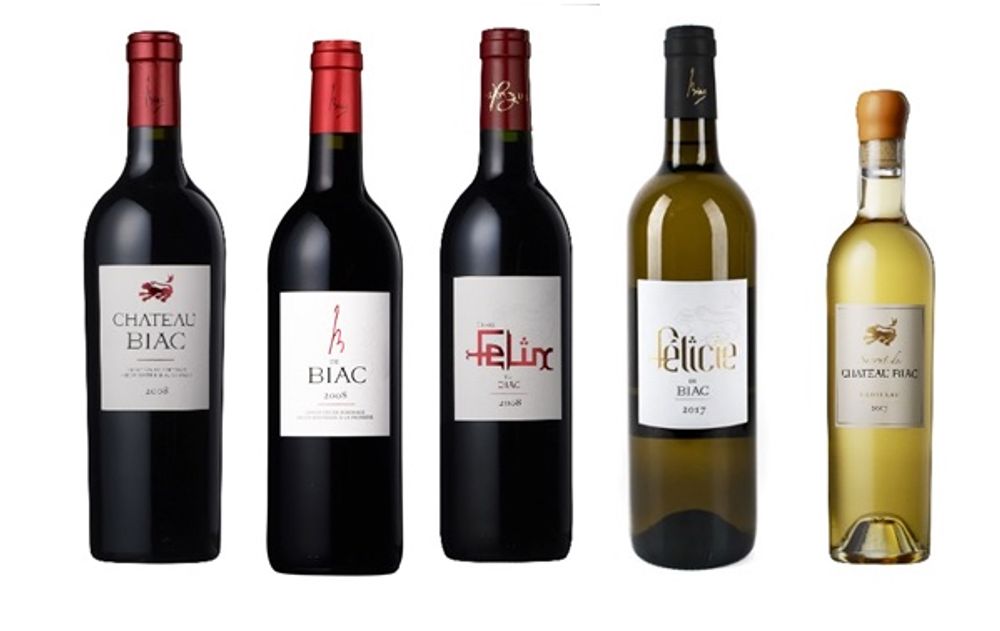
The Château Biac range…
I think the most important thing is to let people know that a wine is not just a bottle; it is a whole year of work and emotions all bottled up for them to experience. We created a story that can be lived through trying the wine and hopefully letting it remind them of different emotions they have lived through. Bordeaux was always about the terroir and uniqueness of the vineyards, so let the vineyard speak – we are just custodians. But, also, why not enjoy wine made by a Lebanese family, who lived in London and became accidental winemakers – makes for one hell of a story.
How has the market changed since you’ve been in business?
Trends come and go and the markets do the same. The one thing that is a very real positive for a property like Biac is that people are starting to be curious again about exploring the world of wine. People want to know more and want to live a story.
What changes have you seen in Côtes de Bordeaux? What has worked well and what has not been so successful?
Tradition exists for a reason – it is a path forged out of repetition, each time testing out ideas and growing with the good ones and leaving those that did not work. It is a test of time, too; those who do not adapt will ultimately fail, but those who change to please will also fail because they will have lost their foundation. In other words: be curious, try new things, but don’t change everything on a whim. Something you cannot do in agriculture is a knee-jerk reaction. You might add something, or you might not, but don’t lose sight of what you have.
- You can find out more about Château Biac at its website here.
- You can find out more about Cadillac Côtes de Bordeaux in this promotional video below.
